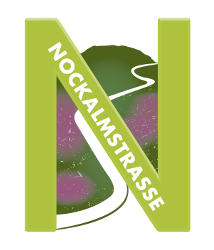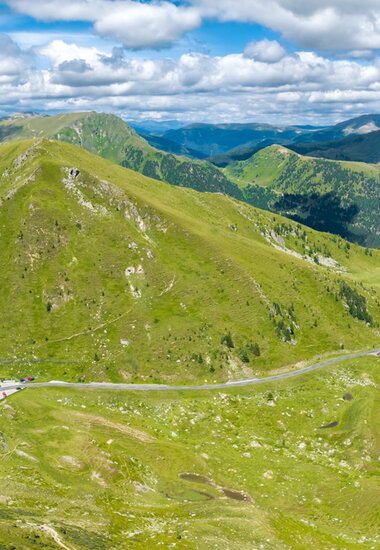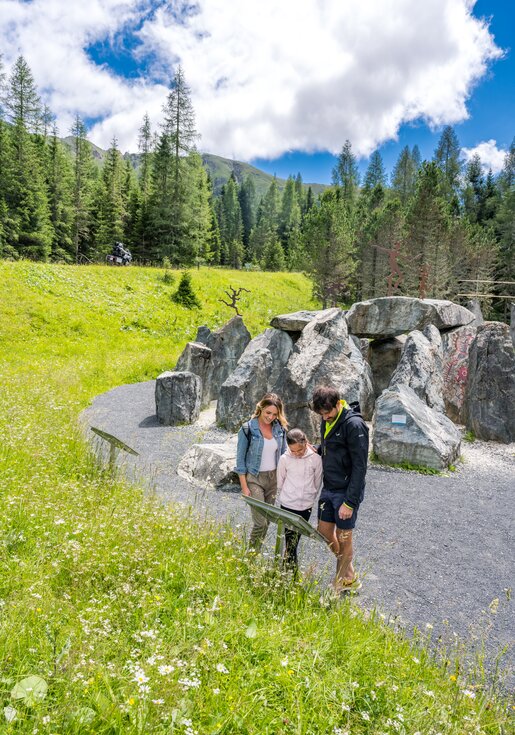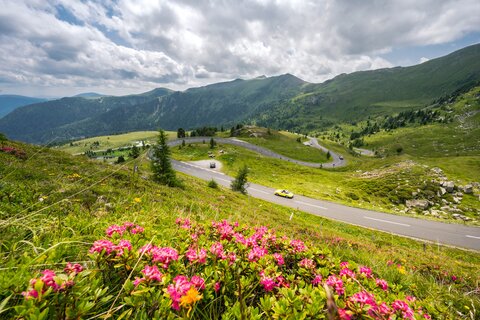To protect the Carinthian cultural and natural landscape
In 1980 the Carinthian people came to a forward-looking decision - the Nockalm was not to become a ‘Ski circus’, but an exemplary Alpine region which would also serve future generations as a place in which to live and enjoy relaxation. The emphasis was on protecting the many and varied plants and animals, as well as preserving this agricultural landscape in the west of the Gurktal Alps. In 2012 these efforts were recognised by UNESCO, the conservation area was designated a biosphere park, ‘Salzburger Lungau & Kärntner Nockberge’ UNESCO Nockberge Biosphere Reserve.
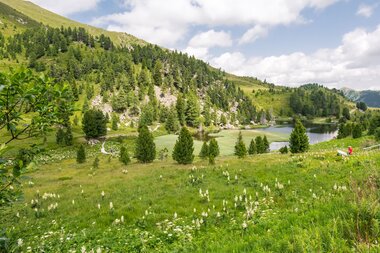
The concept of a biosphere reserve: humans and nature in harmony
Biosphere reserves the world over present a representative selection of all ecosystems. Their selection and designation is carried out using a standardized catalogue of criteria, as per the ‘Man and the Biosphere’ programme (MAB programme). The focus is not only on protecting nature, but on the effects of humans as a part of nature. Therefore in the development of a region, social and economic matters, as well as climate protection and climate change are considered. Every biosphere park has a protection, development, research and educational function. All the reserves are divided up into three zones, a core zone where the emphasis is on protecting the natural surroundings, a nurturing zone and an economically and socially oriented development zone. The Nockberge Biosphere Reserve is one of 651 biosphere reserves in 120 countries around the globe.
Cultural landscape of the Nockberge Biosphere Reserve
The cultural landscapes in a biosphere reserve differ from a national park, which protects areas of wilderness. Agriculture is a typical feature of the Nockberge and has been nurtured here for centuries. Alpine agriculture safeguards the upkeep of expansive areas of pastureland and their typical variety of species. Nurturing Alpine animals – cattle, sheep, goats and horses – is just as important as tending to wild animals, since they would simply not survive on their own.
Biosphere reserve:
Habitat for wild animals & plantsIn the Nockberge Biosphere Reserve ...
-
69 bird species breed, 13 of which are on the "red list" of endangered species.
- is home to more than 1,000 different species of fungi, mammals, amphibians, fish and insects.
Find out more about the diverse fauna and flora on the Nockalm Road.
Read more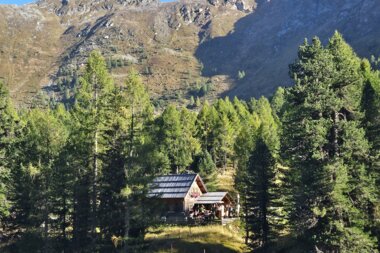
Preserving the special - creating the new
Nockberge Biosphere Reserve shows that protecting Alpine habitats dos not conflict with their development. Traditions are upheld with care and attention – for instance the numerous Alpine dairies and Alpine farms, where high quality, natural foods are produced. Even the limited use of Swiss pine and spike lavender are typical of the region, with awareness of sustainability. The Nockalm Road has been gently adapted to suit the landscape, with no discordant interventions. So it has become part of it and is thus a symbol for the responsible link between Alpine natural surroundings and habitats.
TIP
Find out more about the Nockberge Biosphere Reserve and explore the Nockberge with a Biosphere Reserve Ranger!
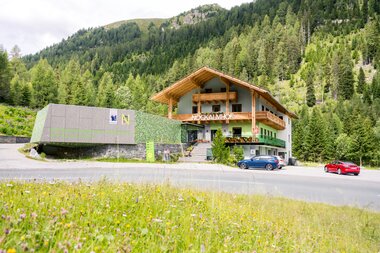
Nockalmhof Biosphere Reserve Center
With the designation of the Nockberge Biosphere Reserve, the contemporary Nockalmhof Biosphere Reserve Center also came into existence: exhibitions with unique fossils, about lovely bats, a multimedia area, 3D cinema and the Biosphere Reserve information area provide interesting insights into this unique Alpine habitat. And of course your corporeal well-being is very well catered for too!
